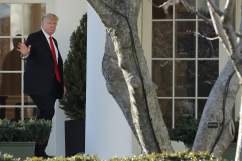
National Security Advisor Susan Rice in 2016. (Getty)
President Obama’s National Security Adviser Susan Rice “requested to unmask the names of Trump transition officials caught up in surveillance,” according to Fox News.
The Rice angle exploded on social media, and President Donald Trump has tried to elevate the issue on Twitter, as questions continue to swirl about Trump’s accusations that President Obama’s administration surveilled his campaign.
Fox News cited multiple anonymous sources for its report. Bloomberg broke the story on April 3, alleging that “White House lawyers last month learned that the former national security adviser Susan Rice requested the identities of U.S. persons in raw intelligence reports on dozens of occasions that connect to the Donald Trump transition and campaign.”
On April 4, Rice adamantly denied any wrongdoing; she said unmasking was requested to better under the context behind reports and not for political purposes, and she denied ever leaking the information, according to The New York Times.
Here’s what you need to know:
1. Fox Reports That Rice Shared the Unmasked Names With Other Officials
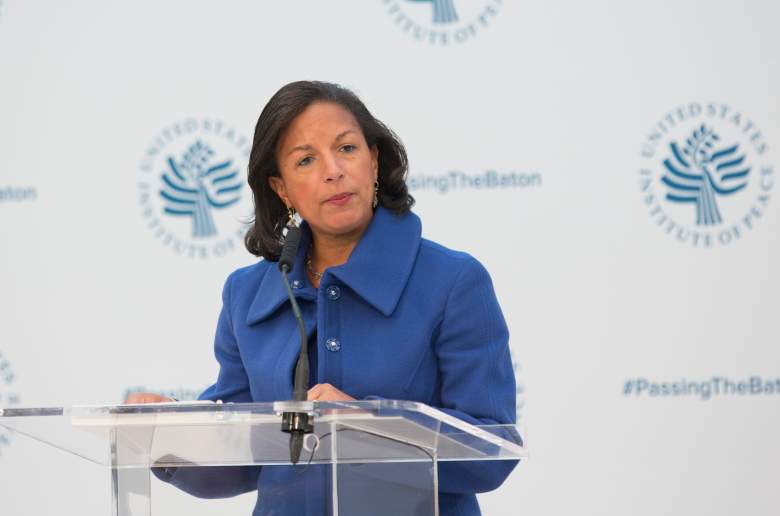
Susan Rice (Getty)
According to Fox News, “the unmasked names, of people associated with Donald Trump, were then sent to all those at the National Security Council, some at the Defense Department, then-Director of National Intelligence James Clapper and then-CIA Director John Brennan – essentially, the officials at the top, including former Rice deputy Ben Rhodes.”
The network reported that the names “were part of incidental electronic surveillance of candidate and President-elect Trump and people close to him, including family members, for up to a year before he took office.”
The Washington Times alleges that Rice “asked dozens of times for intelligence agencies to unmask the names of Trump associates.”
2. Trump Called the Story ‘Amazing Reporting’ & ‘the Real Story’
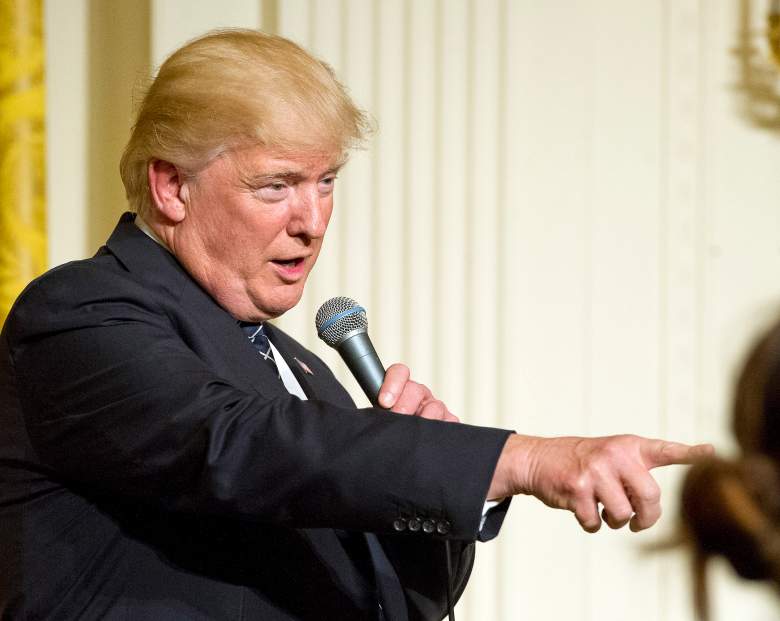
(Photo by Ron Sachs – Pool/Getty Images)
In a series of tweets on April 4, President Trump highlighted the unmasking story, which had circulated on the Internet for at least a day before the Fox report.
Trump has repeatedly attempted to disrupt traditional media narratives over the past few weeks that are focusing on his administration’s potential ties to Russia after making the sensational claim that President Obama “wiretapped” him without providing proof. FBI chief James Comey told Congress that the FBI is investigating Trump campaign officials for possible coordination with Russia as the country tried to interfere with the 2016 presidential election. Those allegations have also not been proven.
The Washington Times noted that Trump’s National Security Adviser, Michael Flynn, was unmasked by unknown parties for his communications with the Russian ambassador. Flynn then resigned.
3. George W. Bush’s Former Press Secretary Has Demanded the Media Ask More Questions
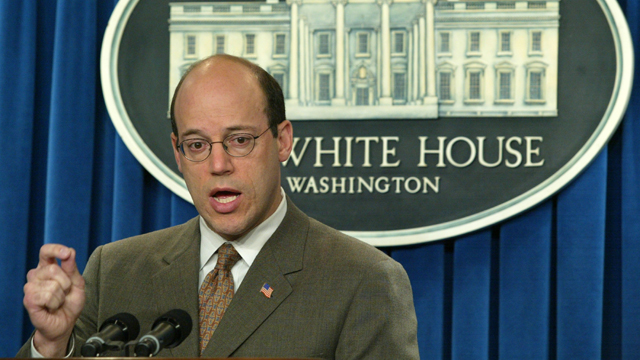
Ari Fleischer. (Getty)
Some on the right are accusing the media of bias for not more aggressively covering the Rice story. One of those people is Ari Fleischer, the former press secretary for President George W. Bush. Fleischer posted a series of tweets about the controversy on Twitter. He said that, as Obama’s National Security Adviser, Rice had the authority to request the unmasking, but he wrote that he was “stunned” by the media’s “lack of curiosity” around the circumstances.
The Rice report comes on the heels of the controversy of House Intelligence Chairman Devin Nunes, whom Democrats accuse of colluding with the White House. Nunes has alleged that “two sources in the intelligence community approached him. The sources told Nunes who was responsible and at least one of the Trump team names that was unmasked,” reported Fox News previously.
4. Rice’s Requests Were Discovered in a National Security Council Review on Government Unmasking

Former President Barack Obama and National Security Adviser Susan Rice (Getty)
According to Bloomberg, the Rice requests were “discovered in a National Security Council review of the government’s policy on ‘unmasking’ the identities of individuals in the U.S. who are not targets of electronic eavesdropping, but whose communications are collected incidentally.”
Bloomberg notes that normally such named are redacted and appear generically in reports. National Security Council senior intelligence director Ezra Cohen-Watnick “was conducting the review” initially and told the White House counsel about it, reports Bloomberg.
According to The New York Times, Rice, at the time of the Nunes’ controversy, had said in an interview that, “I know nothing about this…” referring to Trump officials being incidentally caught up in eavesdropping.
It’s been reported that Cohen-Watnick was one of Nunes’ sources.
Bloomberg reports that the reports were “summaries of monitored conversations — primarily between foreign officials discussing the Trump transition,” including politically useful information, but also contained “direct contact between members of the Trump team and monitored foreign officials.”
5. Rice Has Long Been a Target of Conservative Criticism Over Benghazi
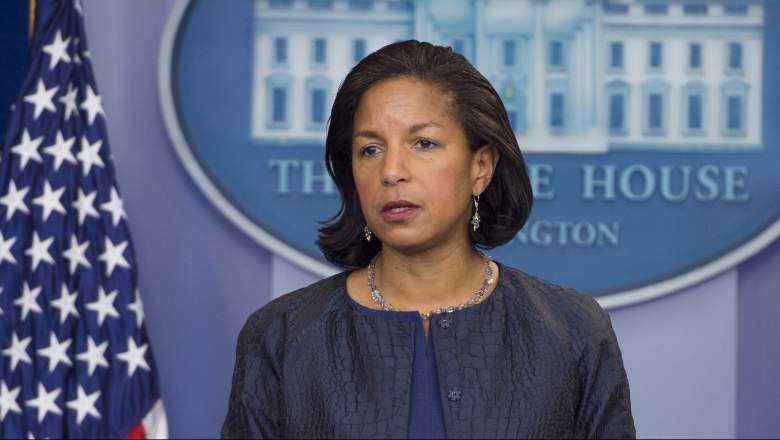
Rice has previously caused a great deal of controversy after she appeared on talk shows in 2012 as U.S. Ambassador to the United Nations and attributed the Benghazi attack to a video. She later admitted the information was wrong.
Rice served as the 24th National Security Advisor for four years (2013-2017) under then-President Barack Obama. Her husband is a former ABC News producer, Ian Officer Cameron.
She was picked to succeed Tom Donilon almost immediately after he resigned from the position in June 2013 and was sworn in one month later on July 1, 2013. When Trump won the 2016 presidential election, Rice was critical of the Trump administration, calling Trump’s strategy to reshuffle the National Security Council “stone cold crazy,” and criticizing the appointment of Steve Bannon as the chief strategist.
